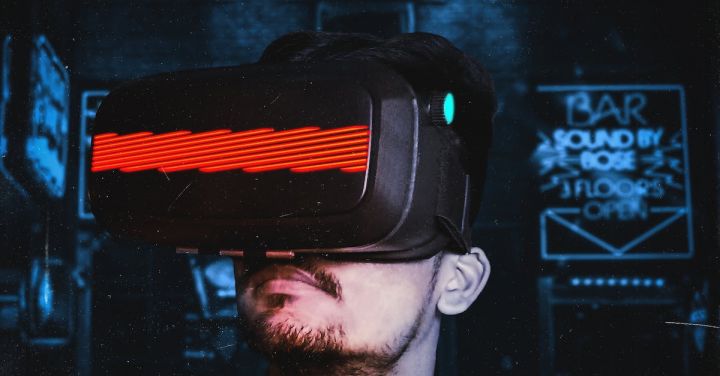In the fast-paced world of transportation, train technology is constantly evolving. The future of trains promises to be filled with marvels that will revolutionize the way we travel. From increased speed and efficiency to enhanced safety features, here are some of the modern marvels we can expect in future train technology.
One of the most exciting advancements in future train technology is the concept of magnetic levitation, or maglev trains. These trains use powerful magnets to hover above the tracks, eliminating the need for wheels and reducing friction. This allows them to reach incredible speeds, potentially surpassing 300 miles per hour. Maglev trains have been successfully implemented in countries like Japan and China, and their widespread adoption could transform long-distance travel.
Another area of innovation in future train technology is the development of hyperloop systems. Hyperloop is a high-speed transportation concept that uses low-pressure tubes to propel pods at near supersonic speeds. By eliminating air resistance, hyperloop trains could reach speeds of up to 700 miles per hour, drastically reducing travel times between cities. Companies like Virgin Hyperloop and SpaceX are actively working on developing this technology, with the goal of creating a new era of ultra-fast and efficient train travel.
In addition to speed, future train technology is also focused on enhancing safety features. One such advancement is the implementation of self-driving technology in trains. Autonomous trains would be able to navigate the tracks with precision, reducing the risk of human error and accidents. This technology is already being tested in some parts of the world and could become a standard feature in the future.
Furthermore, future trains are expected to incorporate advanced sensor systems to improve safety. These sensors would be able to detect obstacles on the tracks, such as fallen trees or debris, and automatically apply emergency brakes to avoid collisions. Additionally, cameras and infrared sensors could be used to monitor the condition of the tracks in real-time, ensuring that maintenance is carried out promptly and preventing potential accidents.
Energy efficiency is another key focus in future train technology. Trains of the future are likely to be powered by renewable energy sources, such as solar or wind power. This would not only reduce their carbon footprint but also make them more sustainable and cost-effective. Additionally, regenerative braking technology could be implemented, where the energy generated from braking is stored and reused, further increasing energy efficiency.
Moreover, future train interiors are expected to undergo significant transformations. The advent of smart materials and technologies will enable trains to provide a more comfortable and immersive experience for passengers. This could include features such as interactive displays, adjustable seating, and even virtual reality entertainment systems. Passengers would be able to customize their travel experience, making train journeys more enjoyable and personalized.
In conclusion, the future of train technology promises to be filled with modern marvels that will revolutionize the way we travel. From maglev trains and hyperloop systems to autonomous technology and advanced safety features, these advancements will not only increase speed and efficiency but also enhance passenger comfort and safety. With the ongoing efforts and investments in research and development, we can look forward to a future where train travel is faster, safer, and more sustainable than ever before.
